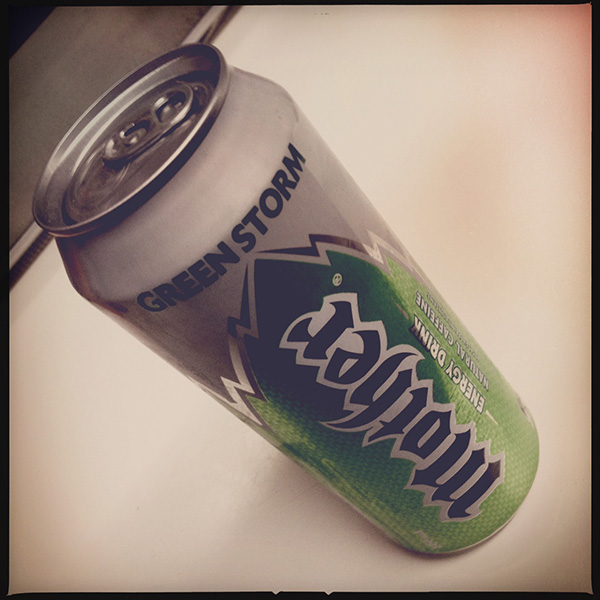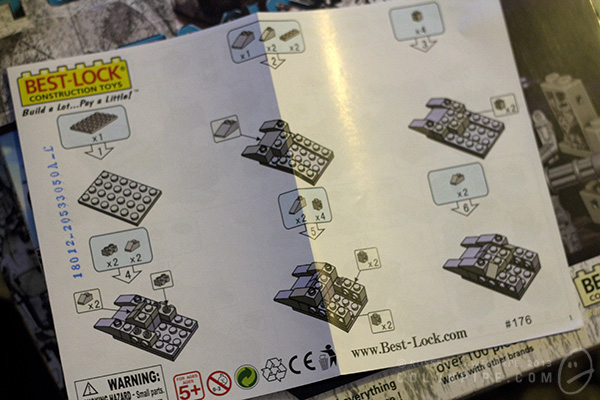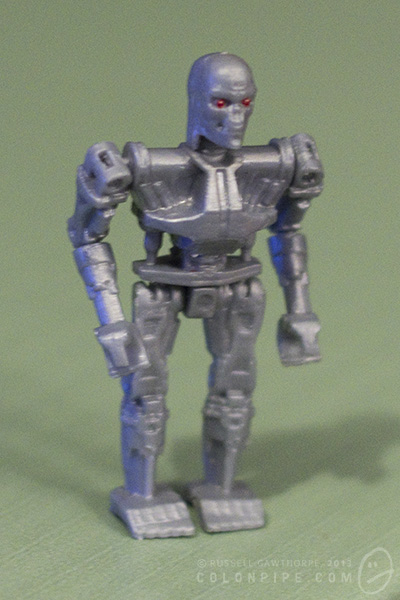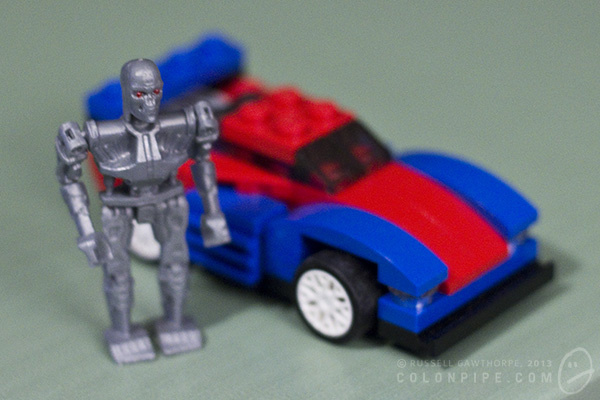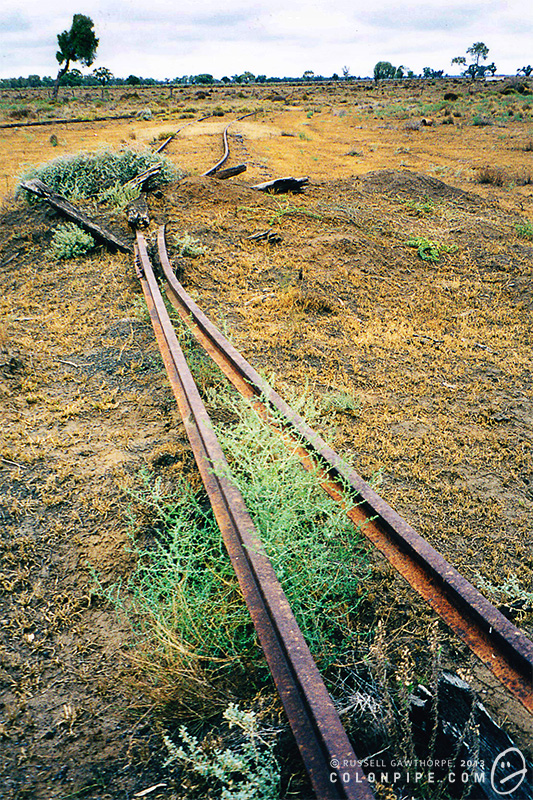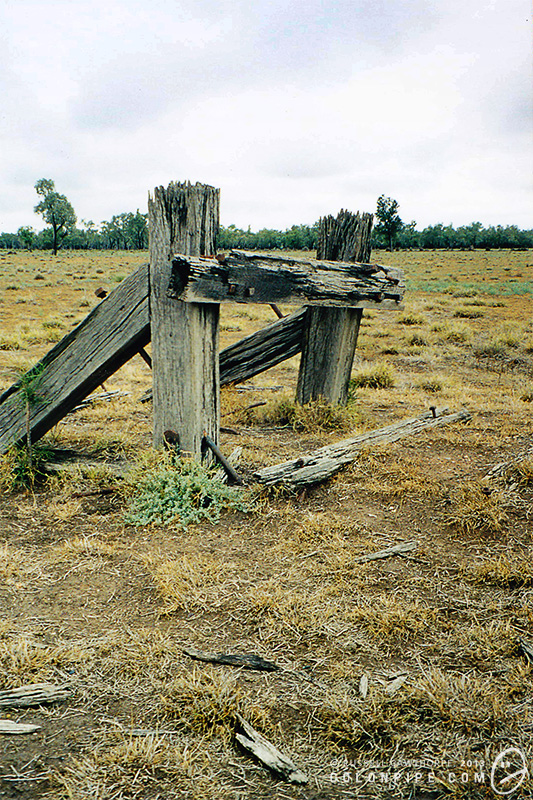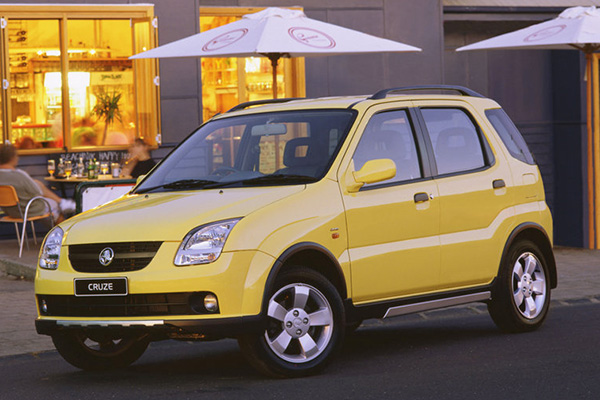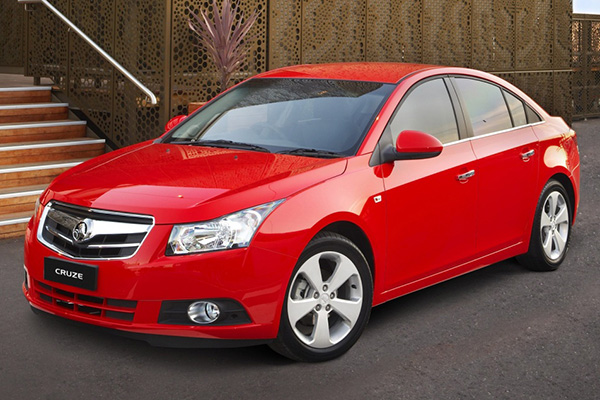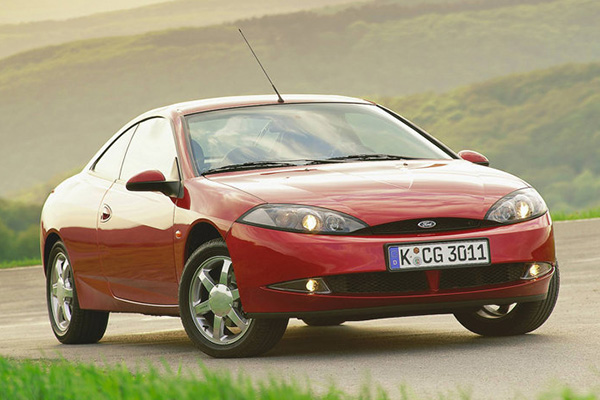Observations about energy drinks
A long time ago, when I was more enthusiastically reviewing my ridiculous collection of energy drinks, I received an e-mail from someone, asking something along the following lines: "Why do you drink and review energy drinks when you think they all taste like crap?"
Allow me to address this.
I don't think they all taste like crap. I think most of them taste like crap.
Energy drinks, by their nature, have a great tendency to taste terrible. This is because the key ingredients that give energy drinks their energiness taste, with few exceptions, like shit.
Caffeine is a very bitter tasting chemical. That's why most caffeinated beverages are extremely sweet (such as energy drinks), or have their own bitter flavour to mask the caffeine (like coffee or tea).
B-group vitamins, a group that includes our friends thiamine, riboflavin, niacin, pantothenic acid, folic acid and B12 (among several others) taste horrible. Have you ever been curious enough to chew on a Berocca tablet? That's b-group vitamins. They are not tasty.
Taurine is made from bile. Sorry to spoil that one for you, but it's true. It's mostly synthetic these days, but still. If someone tells you "that's not real vomit, it's synthetic vomit", I don't think you'll be okay with it going into your dinner. Needless to say taurine has a hideously unpleasant flavour, and contributes big time to the unique and apparently desirable flavour of Red Bull.
The trick for manufacturers of energy drinks is to create a flavour that either masks or compliments these unpleasant flavours. Most energy drinks take the "overpower it with something sweet and fruity" approach. Some take the "embrace the flavour, enhance it, make it salty and sweet" approach, like Red Bull. Others take a completely different tack, and throw in peculiar Amazonian berries and things you can't pronounce in the hopes of creating a unique flavour they can call their own. Sometimes this works. Most times it doesn't.
Limitations bear creativity. Without a box to think outside of, and envelopes to push, new flavours and concepts can't be created. The fact that energy drinks are made to suffer is what makes them fascinating to me. Sometimes I come across a good one.
It makes me happy.


